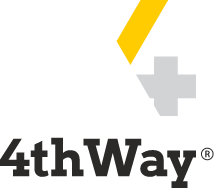See why 4thWay now accepts ethical ads.
CrowdProperty Review
This review is temporarily down
Normally, when 4thWay's specialists reassess peer-to-peer lending providers and other online direct lending providers on behalf of individual lenders, the new assessment is put up on the 4thWay website with no downtime in between.
However, perhaps once per year on average, 4thWay has reason to temporarily take down a provider's entries on the website, along with the provider's review, while a new assessment is ongoing.
There are many possible reasons for this, which can include a long but probably temporary delay in getting the required access and information from the provider, or a substantial new development that requires time to investigate.
When a reassessment is delayed in this way, 4thWay's specialists make them live as soon as they have been able to make sufficient progress, or as soon as it becomes clear that further progress is not achievable.
To get the best lending results, compare all P2P lending and IFISA providers that have gone through 4thWay’s rigorous assessments.



